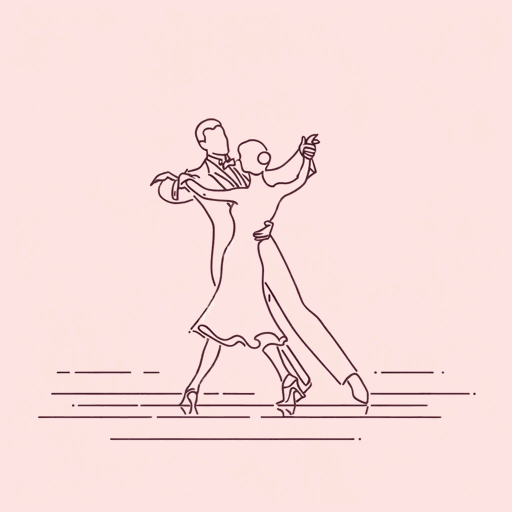80 pages • 2 hours read
Jane AustenEmma
Fiction | Novel | Adult | Published in 1815A modern alternative to SparkNotes and CliffsNotes, SuperSummary offers high-quality Study Guides with detailed chapter summaries and analysis of major themes, characters, and more.
Themes
The Limits of Female Education
Austen’s novel grapples with the question of what female education should be, both in terms of literacy and accomplishments and through life experience. Given that in 1800, only forty percent of English women were literate, the novel’s characters are relatively privileged, whether being tutored by either a governess like Emma, or going to a school like Harriet. However, the novel shows that none of its female characters receive an education that enables them to have the same understanding of the world as men.
The kind of education available to girls in Highbury differs from that of the fashionable world in which Jane Fairfax and Mrs. Elton were raised. Both Emma’s well-intentioned but ultimately relaxed education with Miss Taylor, and Harriet’s at Miss Goddard’s boarding school, are characterized by a lack of rigor. Both the school and the governess system are designed to give girls just enough knowledge and accomplishments to enable them to make a socially advantageous marriage. Crucially, these forms of education are not designed to make the girls “prodigies” who may be a “danger” to the established social and gender hierarchy. However, the novel also shows that the education available to Highbury’s females ill equips them for thriving in the existing society, as it does not teach them discipline, persistence, or moral integrity.
Related Titles
By Jane Austen

Lady Susan
Jane Austen
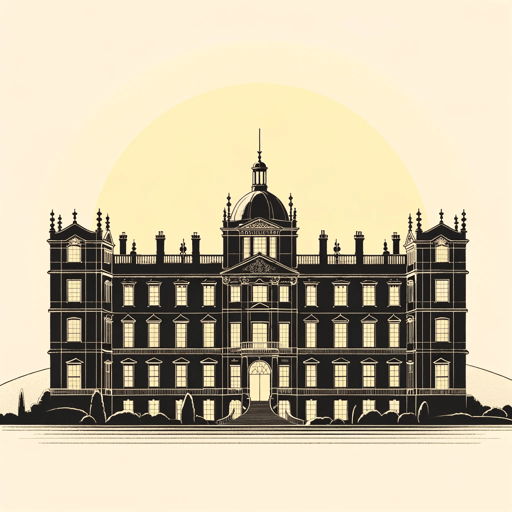
Mansfield Park
Jane Austen
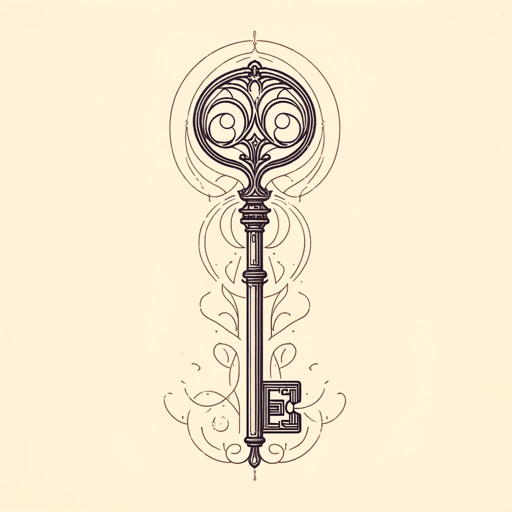
Northanger Abbey
Jane Austen
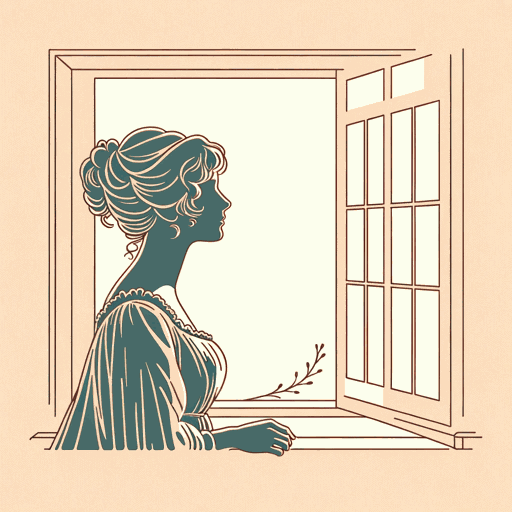
Persuasion
Jane Austen
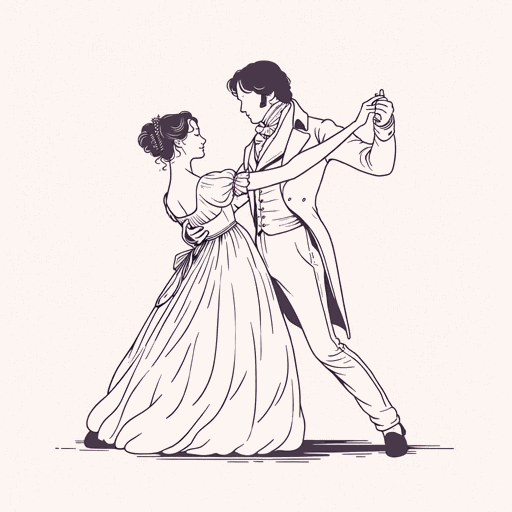
Pride and Prejudice
Jane Austen

Pride and Prejudice and Zombies
Seth Grahame-Smith, Jane Austen
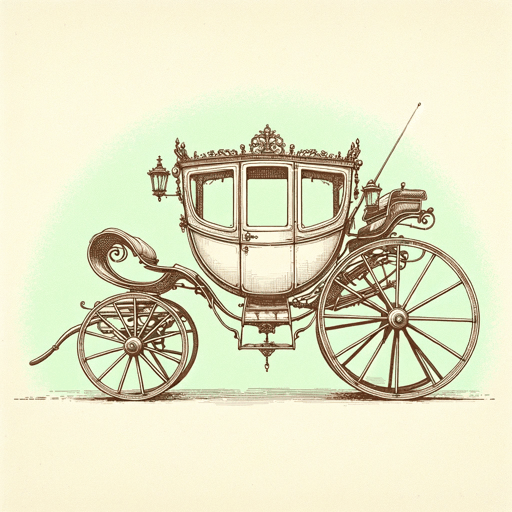
Sanditon
Jane Austen
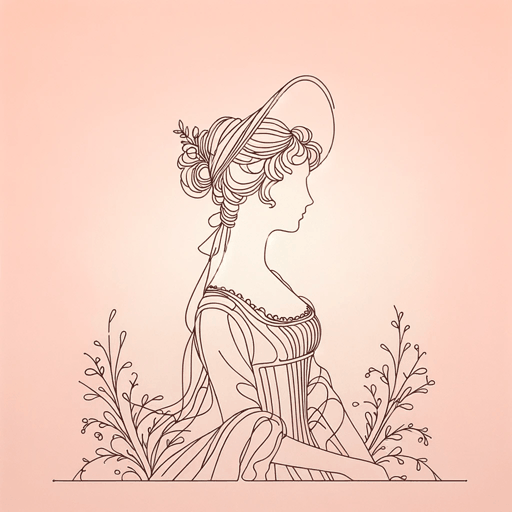
Sense and Sensibility
Jane Austen
Featured Collections
Books Made into Movies
View Collection
British Literature
View Collection
Class
View Collection
Class
View Collection
European History
View Collection
Laugh-out-Loud Books
View Collection
Marriage
View Collection
Required Reading Lists
View Collection
Romance
View Collection
Romanticism / Romantic Period
View Collection
Valentine's Day Reads: The Theme of Love
View Collection
Victorian Literature
View Collection
Victorian Literature / Period
View Collection
